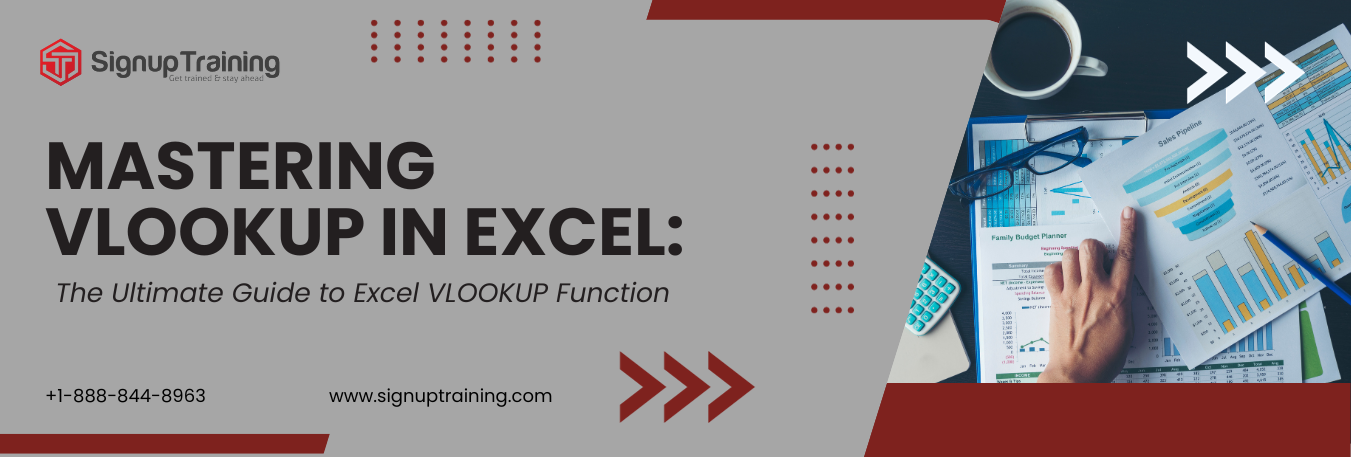Effective OSHA Audit Observations and Best Practices
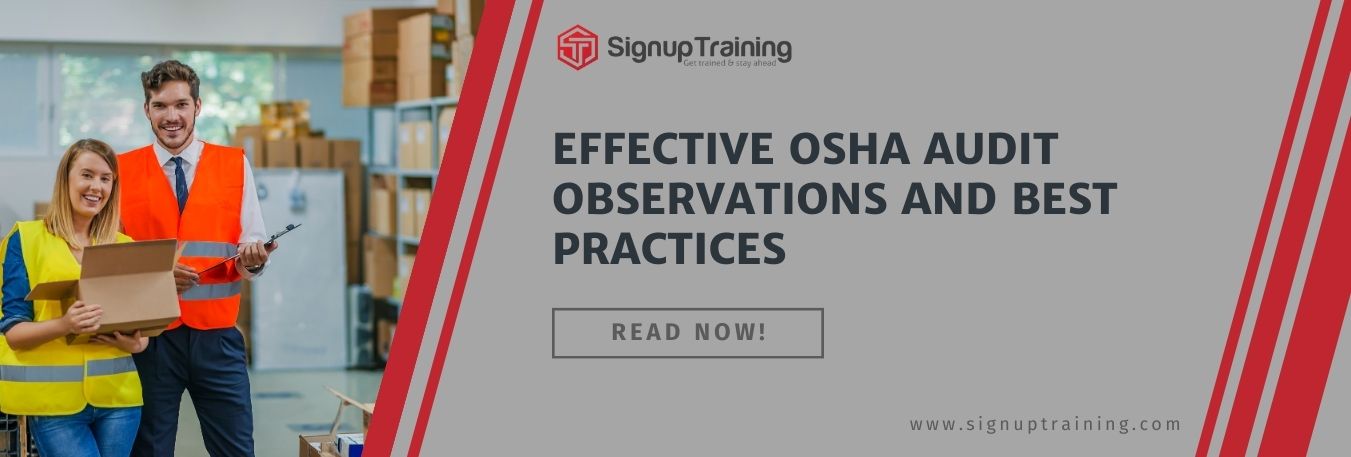
The Occupational Safety and Health Administration (OSHA) plays a crucial role in ensuring workplace safety and health. Conducting regular OSHA audits is essential for organizations to identify and address potential hazards and ensure compliance with OSHA regulations. In this blog, we will explore effective OSHA audit observations and best practices that can help organizations maintain a safe and healthy work environment.
1. Preparing for an OSHA Audit:
Before conducting an OSHA audit, it is important to prepare adequately. Consider the following best practices:
a. Familiarize Yourself with OSHA Regulations:
Thoroughly understand the OSHA regulations applicable to your industry to ensure compliance. Stay updated on any changes or new standards introduced by OSHA.
b. Establish an Audit Team:
Form an audit team consisting of individuals with knowledge and expertise in workplace safety and OSHA regulations. Assign roles and responsibilities to team members.
c. Develop an Audit Checklist:
Create a comprehensive checklist that covers all the areas to be audited. This will ensure a systematic and thorough audit process.
2. Conducting OSHA Audit Observations:
During the audit, pay attention to various aspects to ensure accurate observations. Here are some key points to consider:
a. Document Workplace Hazards:
Identify and document any potential hazards or non-compliance issues. Take detailed notes, including the location, description, and severity of each observed hazard.
b. Interview Employees:
Engage in conversations with employees to gain insights into their understanding of safety procedures, hazard reporting processes, and training received. Such interviews can provide valuable information for the audit report.
c. Review Safety Records:
Thoroughly review safety records, including incident reports, training records, and equipment maintenance logs. Analyze trends and identify areas that require improvement.
3. Best Practices for Addressing Audit Findings:
Once the audit observations are made, it is crucial to address any identified issues promptly. Consider the following best practices:
a. Prioritize Corrective Actions:
Categorize findings based on their severity and potential impact on employee safety. Prioritize corrective actions accordingly, focusing on high-risk areas first.
b. Develop Corrective Action Plans:
Create detailed corrective action plans that outline the steps to be taken, responsible parties, and target completion dates. Monitor the progress of these actions regularly.
c. Training and Education:
Provide appropriate training and education to employees, emphasizing the importance of safety procedures, hazard recognition, and reporting. Regularly reinforce safety protocols through ongoing training programs.
OSHA audit observations play a vital role in maintaining a safe and compliant workplace. By conducting thorough audits, engaging employees, and implementing effective corrective actions, organizations can create a culture of safety and minimize workplace hazards. Regular OSHA audits not only protect employees but also contribute to the overall success of the business by reducing the risk of accidents, enhancing productivity, and fostering a positive work environment. Embracing these best practices will help organizations stay ahead in meeting OSHA requirements and ensuring the well-being of their workforce.
Trending now
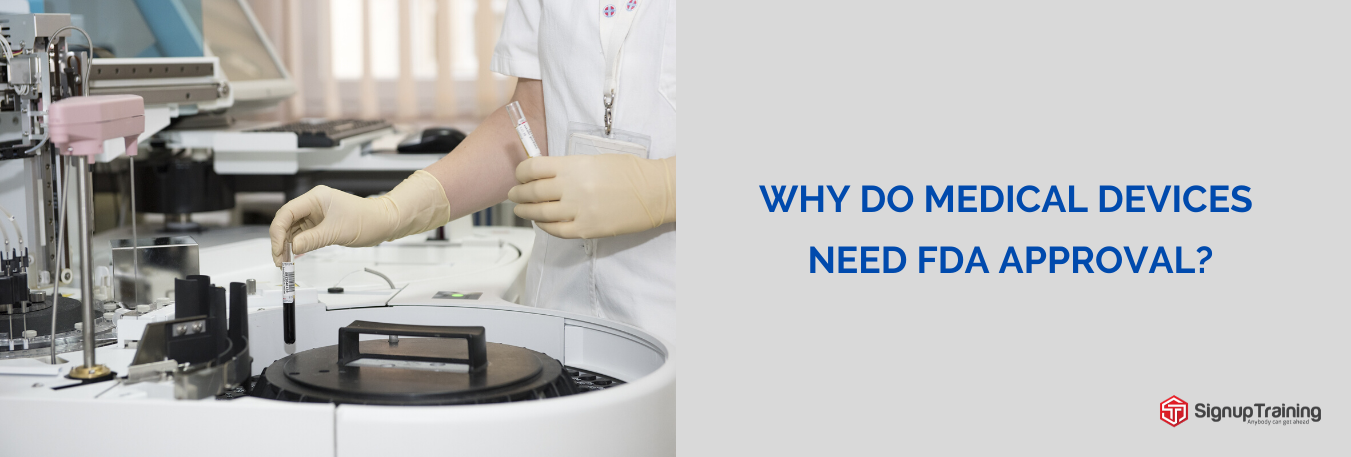
Why do medical devices need FDA approval?
Blog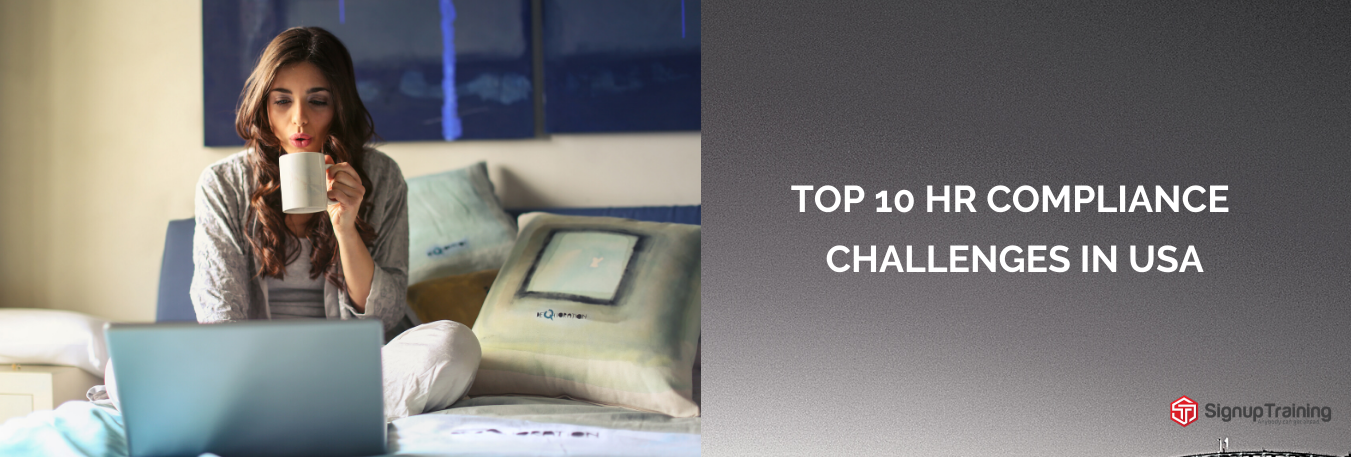
Top 10 HR Compliance Challenges in USA
Blog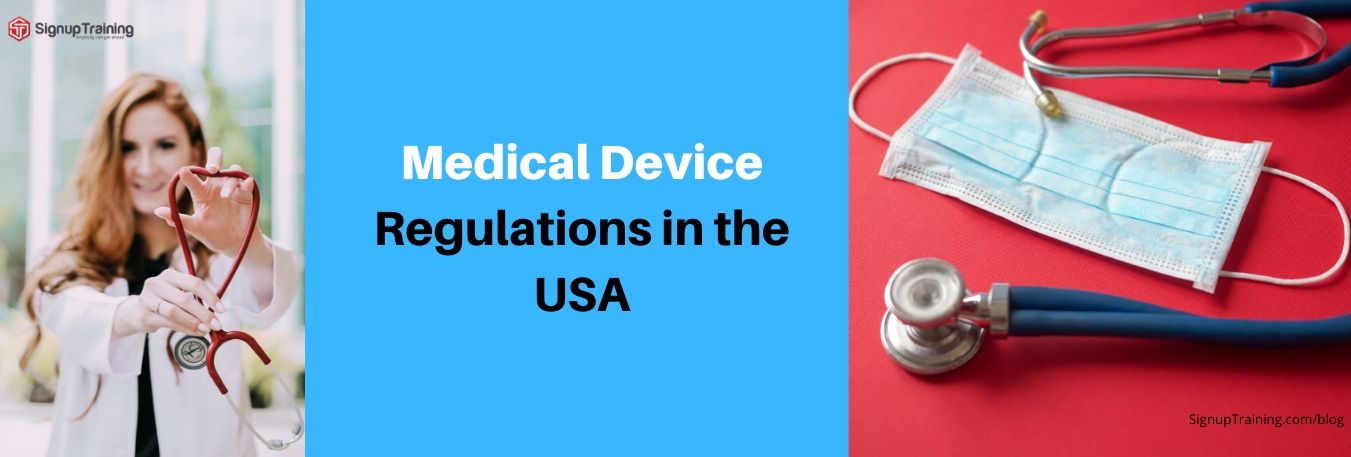
Medical Device Regulations in the USA
Blog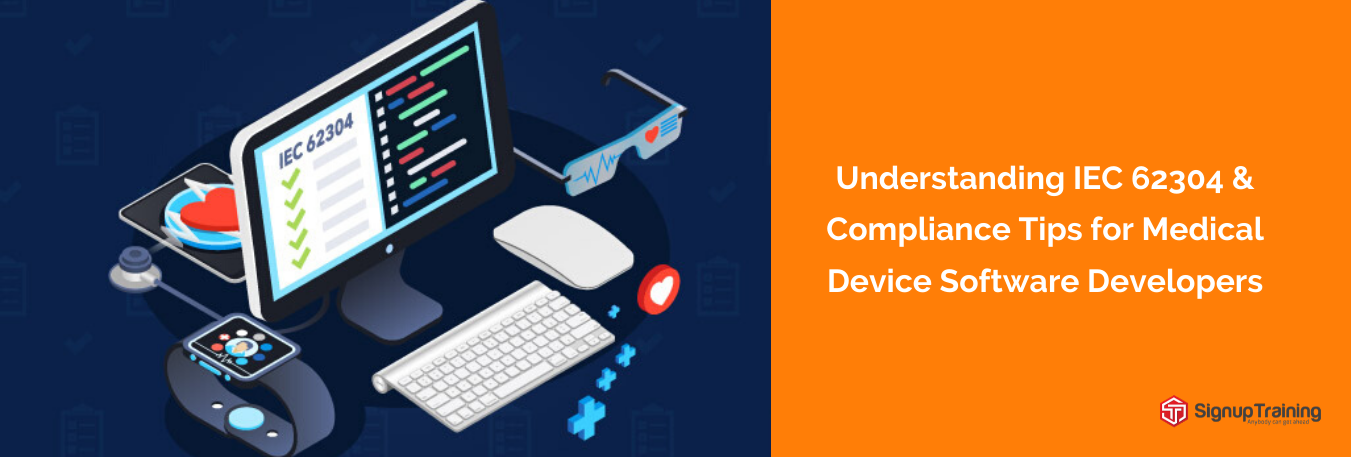
Understanding IEC 62304 & Compliance Tips for Medical Device Software Developers
Blog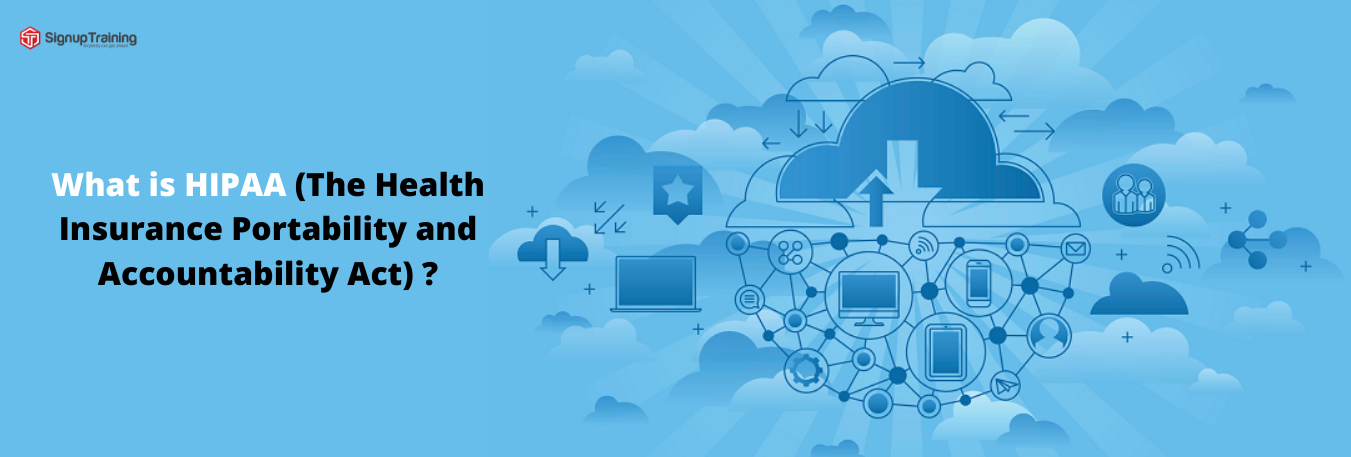
What is HIPAA (The Health Insurance Portability and Accountability Act) ?
BlogFDA Steps to Ensure Quality of Foreign Products
Blog
6 Skills that Make for a Great Human Resources Manager
Blog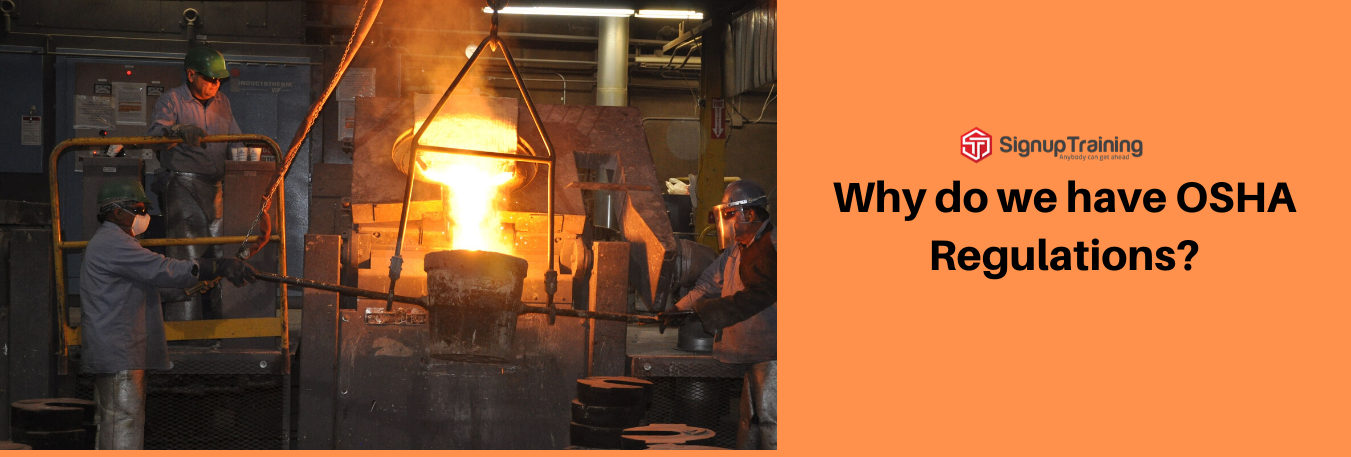
Why do we have OSHA Regulations?
Blog21 CFR part 11 compliance - key factors that every FDA regulated business should know
BlogWhy is 21 CFR Part 11 Compliance Important?
BlogWhat are the Key Factors (Essentials) for 21 CFR Part 11 Compliance?
BlogFDA Regulated Firms Must Ensure Part 11 Compliance to Generate Accurate and Usable Data
Blog
Know how to Survive an OSHA Audit
Blog
Top 5 Job Opportunities in Biotechnology
Blog
5 Key functions of HR Management
Blog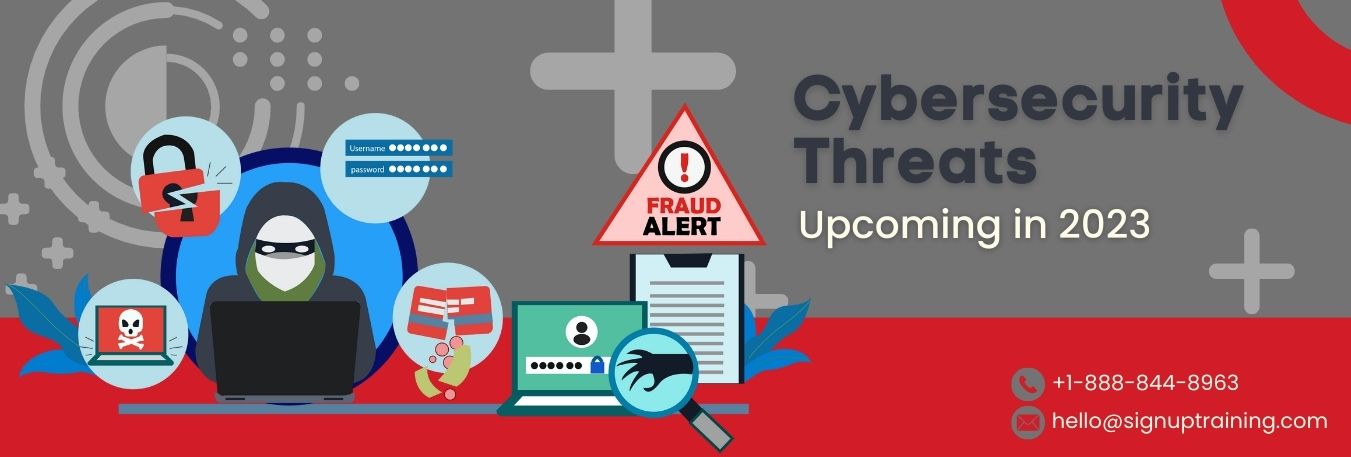
Cybersecurity Threats Upcoming in 2023
Blog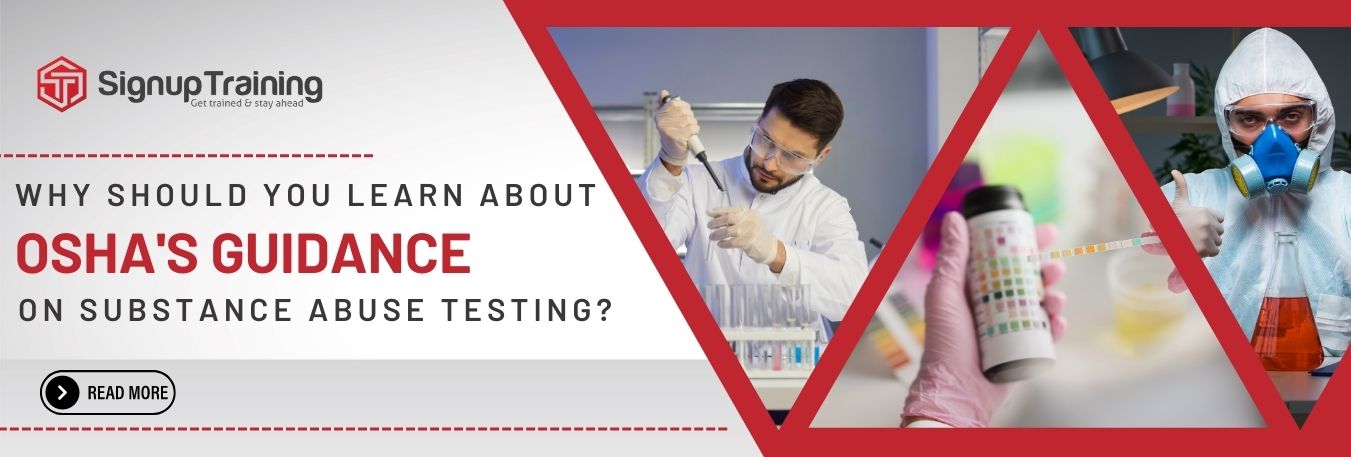
Why Should You Learn About OSHA's Guidance on Substance Abuse Testing?
Blog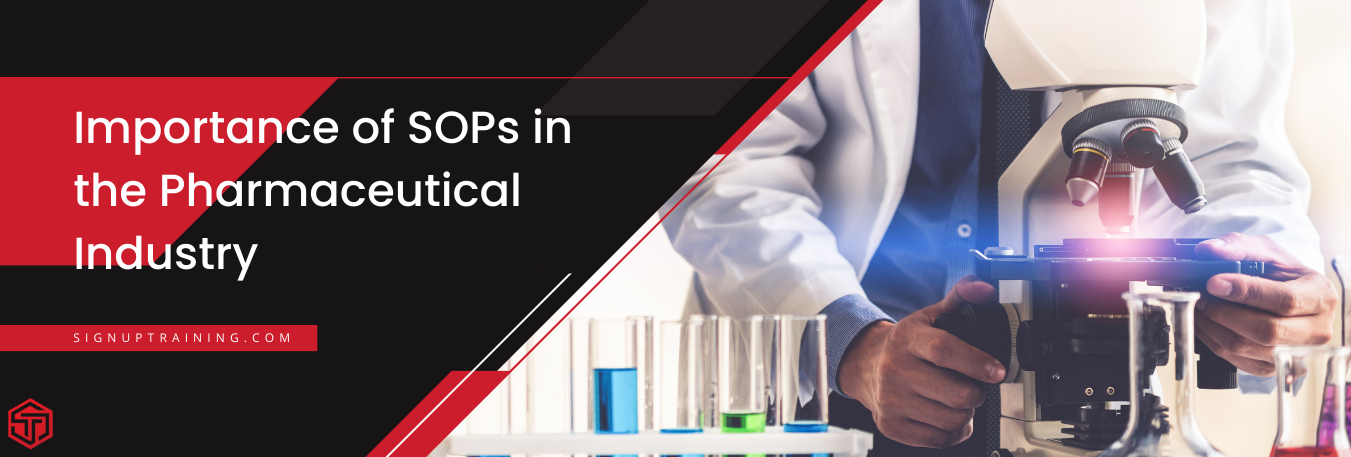
Importance of SOPs in the Pharmaceutical Industry
Blog
Non-Compliance on 1099 Filing: Consequences and Best Practices
Blog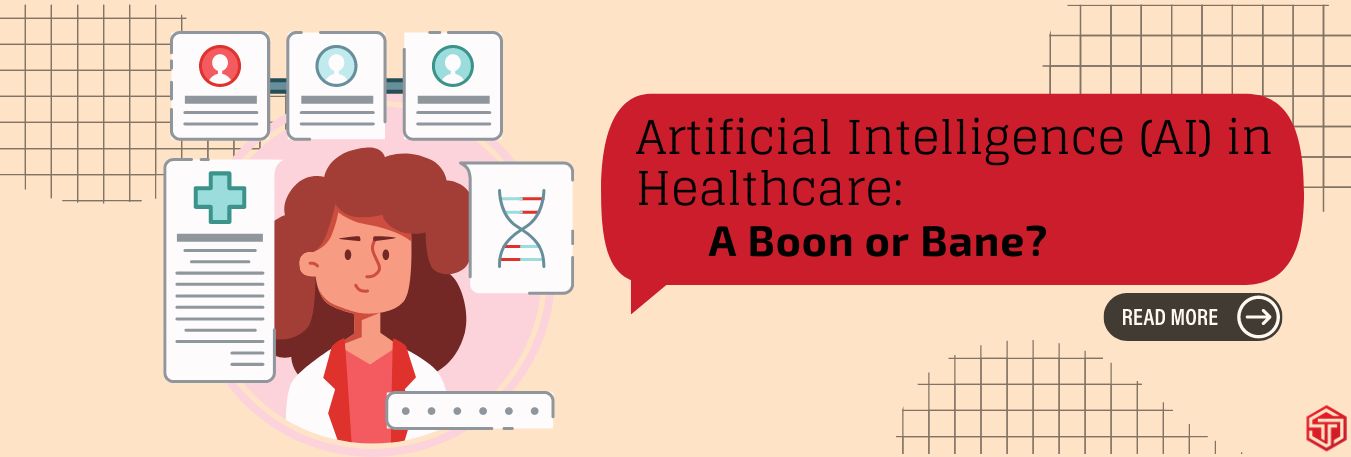
Artificial Intelligence (AI) in Healthcare: A Boon or Bane?
Blog.jpg)
How to Ensure Compliance with the I-9 Form: A Guide for Human Resources
Blog
Effective OSHA Audit Observations and Best Practices
Blog
How to Land Your Dream Job in Accounting: Top Tips and Career Options
Blog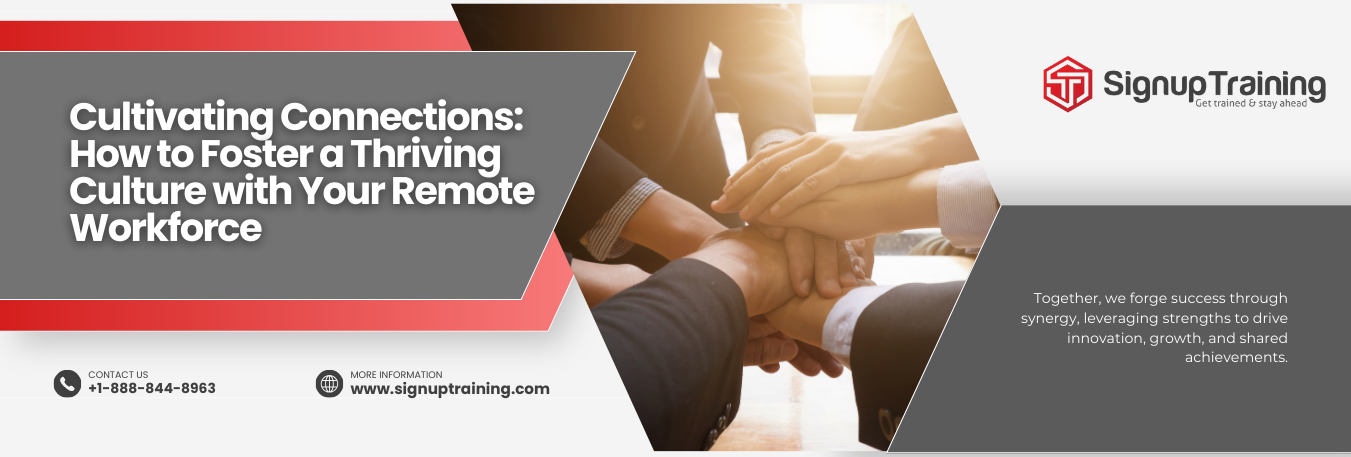
Cultivating Connections: How to Foster a Thriving Culture with Your Remote Workforce
Blog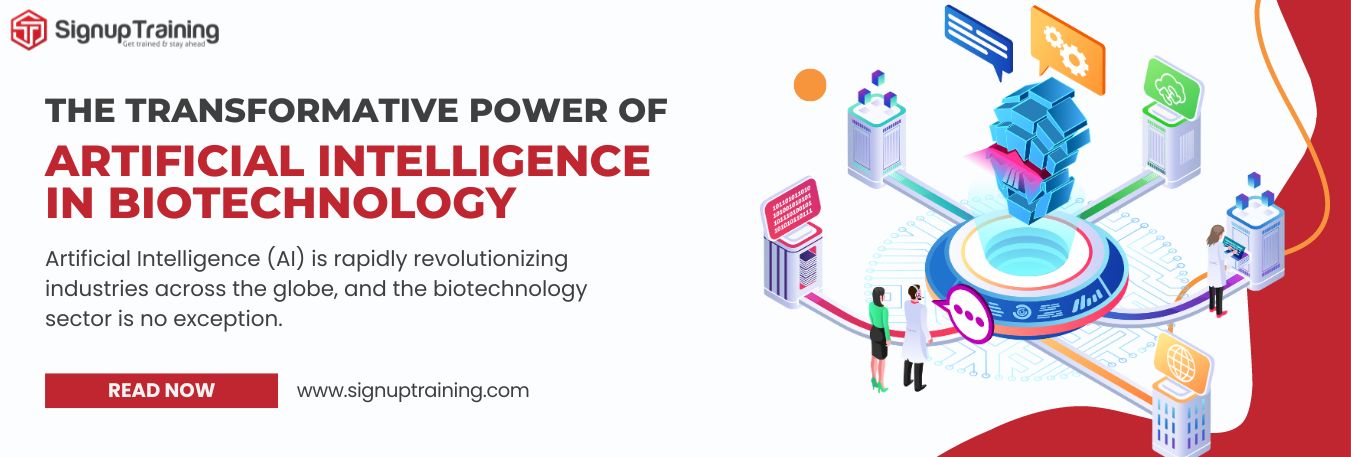
The Transformative Power of Artificial Intelligence in Biotechnology
Blog.png)
6 Steps to Building an Effective Hazard Communication Program (EHS)
Blog